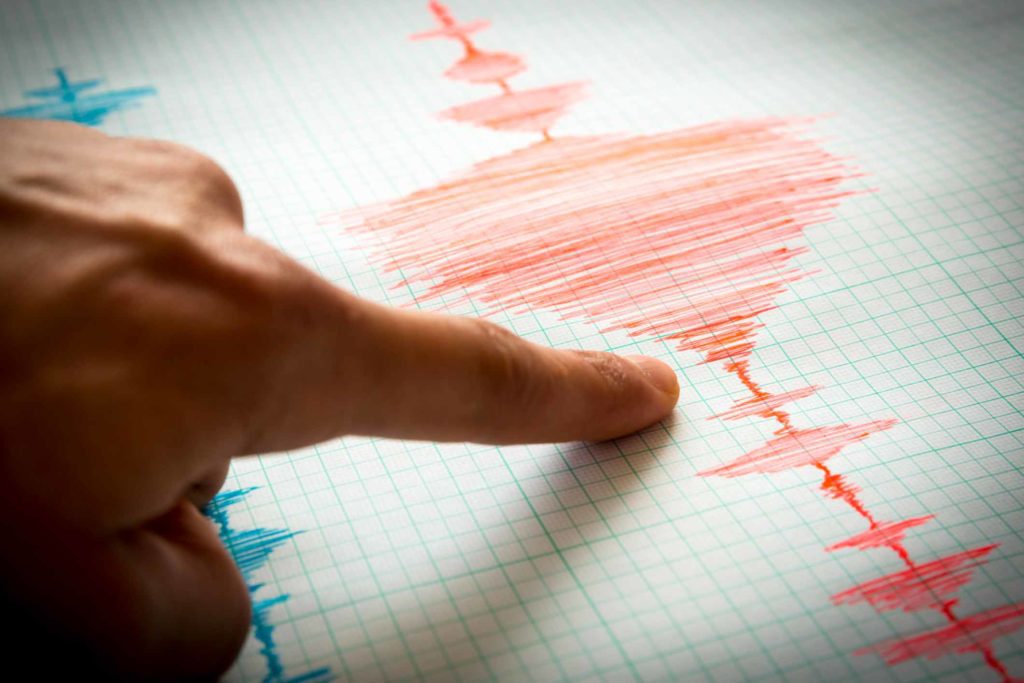 Detecting ocean-floor seismic activity is crucial to our understanding of the interior structure and dynamic behavior of the Earth. However, with 70% of the planet’s surface covered by water and only a handful of permanent, ocean-bottom seismometer stations, very little overall seismic activity is actually recorded.
Detecting ocean-floor seismic activity is crucial to our understanding of the interior structure and dynamic behavior of the Earth. However, with 70% of the planet’s surface covered by water and only a handful of permanent, ocean-bottom seismometer stations, very little overall seismic activity is actually recorded.
Now, a group of researchers from the United Kingdom, Italy and Malta have found a way to use submarine fiber optic cables already deployed on the ocean floor as seismic detectors. In a paper published in the journal Science, the research group outlines how they discovered this capability and how it would operate.
Giuseppe Marra, a member of the group, was testing an underground fiber cable between two locations in the United Kingdom. Noticing a small slowdown in signal delivery, he traced it to tiny vibrations bending the light. He then determined that the vibrations were caused by a remote earthquake. This discovery inspired him to explore using fiber optic cables as seismic detectors.
The research group tested Marra’s idea with some actual underwater (and below-ground) cables and found that fiber optic cables could indeed be used as seismic detectors. In addition, they learned that the cables could be used in this way without creating service disruptions or cable modifications. They realized that the only requirement was to gain access to one of a group of channels on both ends of a cable. They then fitted each side of the cable with a special laser-based detector that would continually monitor the signal.
The researchers suggested that if enough undersea fiber optic cables were to be used as seismic monitors, the result would provide access to unprecedented information that could aid in predicting tsunamis or better understanding the shifting of tectonic earth plates and the eruption cycle of volcanoes.
To learn more about this discovery, go HERE.
Tags: Fiber Optic Cable Articles | OFS Optics, fiber optic cables, submarine fiber optic cable, submarine optical fiber

